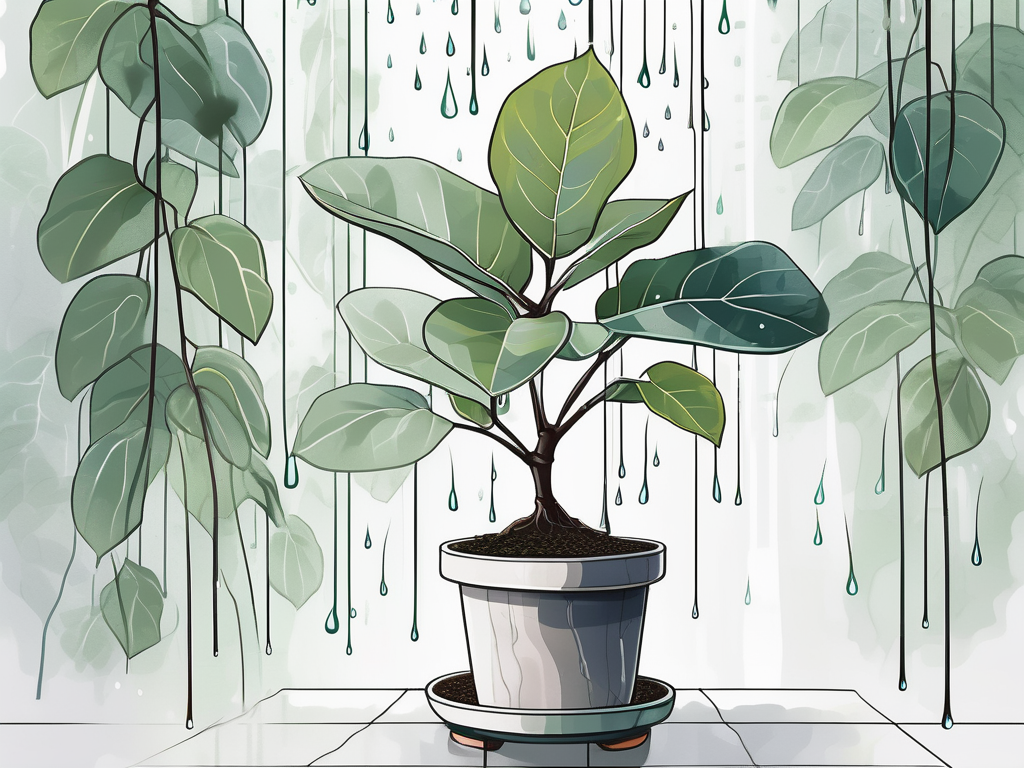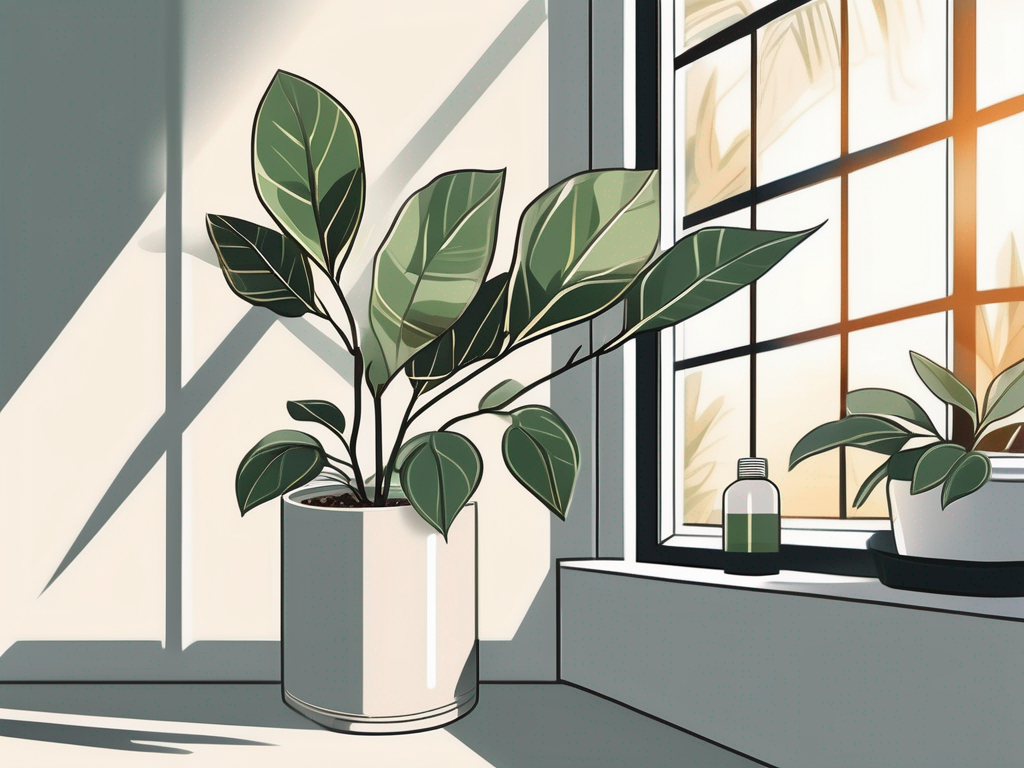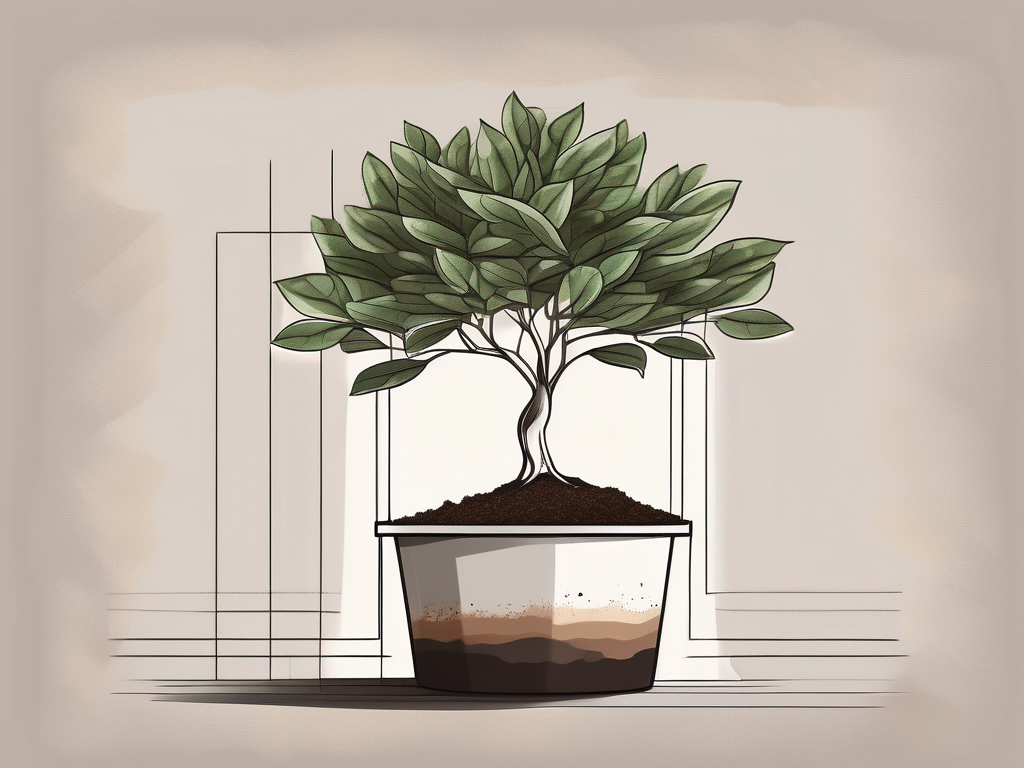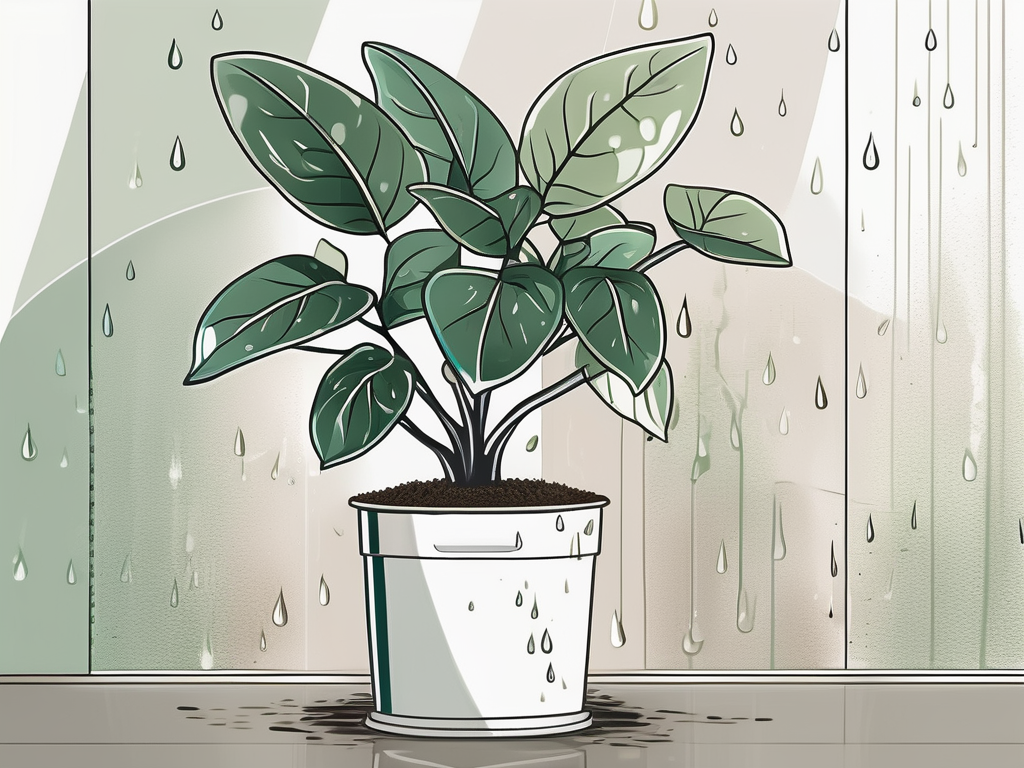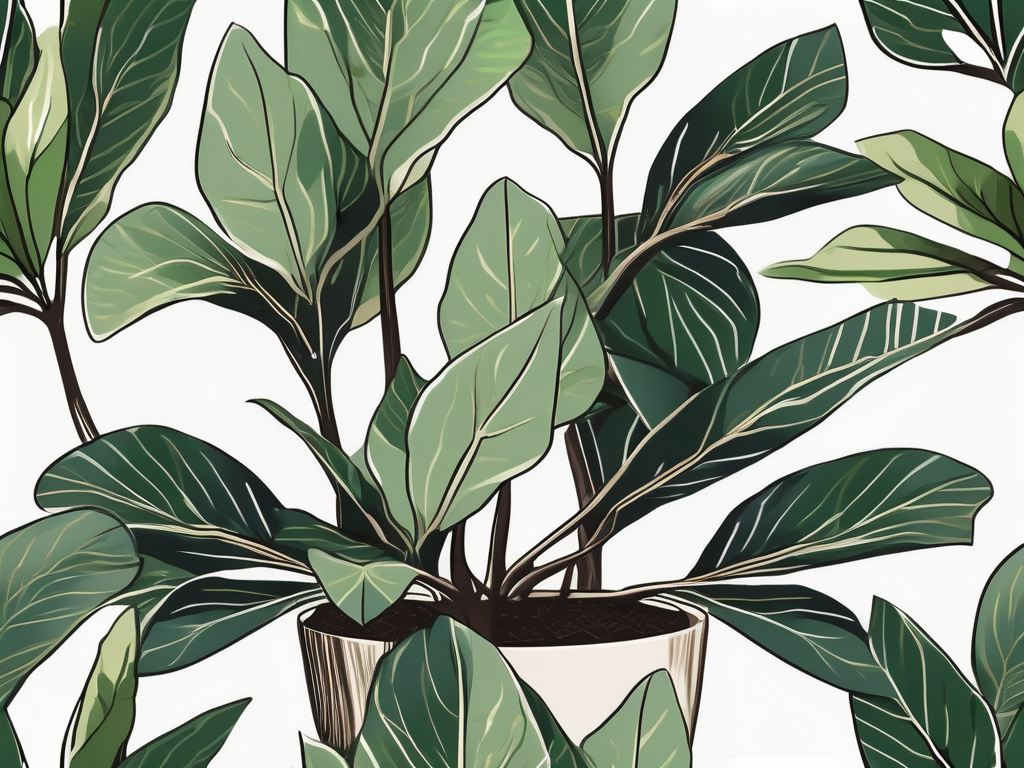
So, you've chosen a Ficus Alii to add to your home. Great decision! This elegant plant, known for its long, narrow leaves and graceful appearance, is a wonderful addition to any space. It's not just about looks—caring for a Ficus Alii can be a rewarding experience, offering a bit of greenery and a touch of tranquility to your indoor environment.
In this blog post, we'll journey through the ins and outs of Ficus Alii care. Whether it's understanding its light and water needs, tackling pest issues, or simply making it a stylish part of your home decor, we've got you covered. Let's get started!
Understanding the Ficus Alii
The Ficus Alii, also known as the Banana Leaf Fig, is a delightful addition to the Ficus family. It hails from Southeast Asia and shares some similarities with its popular cousin, the Ficus Benjamina. However, its distinguishing feature is the long, narrow, willow-like leaves that give it an elegant, airy appearance.
What makes the Ficus Alii a favorite among plant lovers is its resilience. It's not overly demanding, making it a great option for both novices and seasoned plant parents. However, understanding its natural environment can help you mimic those conditions at home.
In its native habitat, the Ficus Alii enjoys warm, humid conditions with plenty of indirect sunlight. This means that while it's adaptable, it thrives best in environments that closely resemble its tropical origins. But don't worry, you won't need to turn your home into a rainforest to keep it happy! A bit of attention to its basic needs will ensure it remains a vibrant part of your indoor garden.
Ideal Light Conditions
Light is a vital component of Ficus Alii care, and fortunately, this plant is quite flexible. It prefers bright, indirect light, which means you don't need to place it right next to a window. However, too much direct sunlight can scorch its leaves, so keep an eye out for any signs of sunburn.
If your space doesn't have a lot of natural light, don't fret. The Ficus Alii can adapt to lower light conditions, although growth might slow down a bit. To make the most of low-light areas, consider using a grow light to supplement natural light.
On the flip side, if your room is a bit too bright, you can use sheer curtains to diffuse the sunlight. This will allow your plant to receive the light it needs without the risk of damage. Remember, it's all about finding the right balance!
Watering Your Ficus Alii
Watering is where many plant parents might trip up, but with the Ficus Alii, it’s all about moderation. It doesn't like to be soggy, so ensuring proper drainage is essential. Overwatering can lead to root rot, which is a common issue for many houseplants.
Here's a simple rule of thumb: allow the top inch of soil to dry out before watering again. This usually means watering every 1-2 weeks, depending on your home's climate and season. In the warmer months, you might find yourself watering more frequently, while in cooler months, you can cut back.
When you do water, make sure to water thoroughly until it drains out of the bottom of the pot. This ensures the roots are getting enough moisture. Just remember to empty the saucer afterward to prevent the plant from sitting in water.
Choosing the Right Soil
The Ficus Alii isn't too picky about soil, but it does appreciate a well-draining mix. A standard potting soil with added perlite or sand works well, as it ensures good drainage and aeration. Avoid heavy soils that retain too much moisture, as this can lead to root issues.
When repotting, which you might do every couple of years or so, choose a pot that's slightly larger than the current one. This will give the roots room to grow and prevent them from becoming pot-bound.
Interestingly enough, while the Ficus Alii does well in a variety of soils, it thrives best when the pH is slightly acidic to neutral. While you don't need to stress about this detail, if you're a bit of a plant nerd, you can test your soil's pH to ensure it's in the ideal range.
Feeding Your Ficus Alii
Fertilizing your Ficus Alii can boost its growth and keep it looking lush. A balanced, water-soluble fertilizer applied every 4-6 weeks during the growing season (spring and summer) is typically sufficient.
In the fall and winter, when growth naturally slows down, you can reduce or even skip fertilizing. This gives the plant a chance to rest and prepare for the next growing season.
It's important to follow the instructions on your chosen fertilizer to avoid overfeeding, which can lead to salt build-up in the soil. If you're unsure, you can always opt for a half-strength solution to start with and adjust as needed.
Humidity and Temperature Needs
The Ficus Alii loves a bit of humidity, which makes it a great candidate for bathrooms or kitchens. However, if you plan to keep it in a drier area of your home, a humidifier or regular misting can help keep it happy.
In terms of temperature, this plant is quite forgiving. It thrives in typical household temperatures between 65°F to 75°F (18°C to 24°C). Just make sure to keep it away from cold drafts or sudden temperature changes, as these can stress the plant.
If you notice the tips of the leaves turning brown, it could be a sign that the air is too dry. Increasing humidity levels can help prevent this issue and keep your plant looking its best.
Dealing with Pests and Problems
Like any plant, the Ficus Alii can occasionally fall victim to pests. Common culprits include spider mites, mealybugs, and scale. The good news is that these pests are usually easy to manage with a bit of vigilance and care.
If you spot any unwanted visitors, a gentle spray of insecticidal soap or neem oil can help keep them at bay. It's also a good idea to regularly wipe the leaves with a damp cloth to remove dust and check for any signs of trouble.
Overwatering and low light conditions can also lead to issues such as leaf drop and yellowing leaves. If you notice these symptoms, it’s time to reassess your care routine. Adjusting water and light levels can often resolve these problems quickly.
Incorporating Ficus Alii into Your Home Decor
Now, onto the fun part—styling your Ficus Alii! With its elegant foliage, this plant is a statement piece that can elevate any room. Whether you place it in a sleek, modern pot or a rustic woven basket, it’s sure to draw attention.
Consider placing your Ficus Alii in a living room corner to add height and greenery. It's also perfect for entryways, where it can greet guests with its welcoming presence. If you're feeling adventurous, you can even use it as a natural room divider.
Pair it with other plants of various heights and textures to create a lush indoor jungle. Mixing in trailing plants or those with broader leaves can add depth and interest to your plant collection.
Repotting and Pruning
Repotting your Ficus Alii every couple of years is a good idea to ensure it has enough space to grow. When you notice roots poking out of the drainage holes or the plant becoming top-heavy, it’s time to give it a new home.
Choose a pot that's slightly larger than the current one and refresh the soil mix to provide new nutrients. Be gentle when handling the roots, and make sure the plant is well-supported in its new pot.
Pruning is another way to keep your Ficus Alii in top shape. It encourages bushier growth and helps maintain a tidy appearance. Simply snip off any dead or damaged leaves and trim back leggy stems as needed.
Final Thoughts
Caring for a Ficus Alii can be a delightful experience, adding both beauty and tranquility to your home. With the right balance of light, water, and care, this plant can thrive and bring a touch of nature indoors.
At Cafe Planta, we're passionate about helping you with all your plant needs. From houseplants to care accessories, we've got you covered. If you have any questions or need advice, feel free to email us or reach out on Instagram. Let's create a beautiful and thriving plant collection together!

















